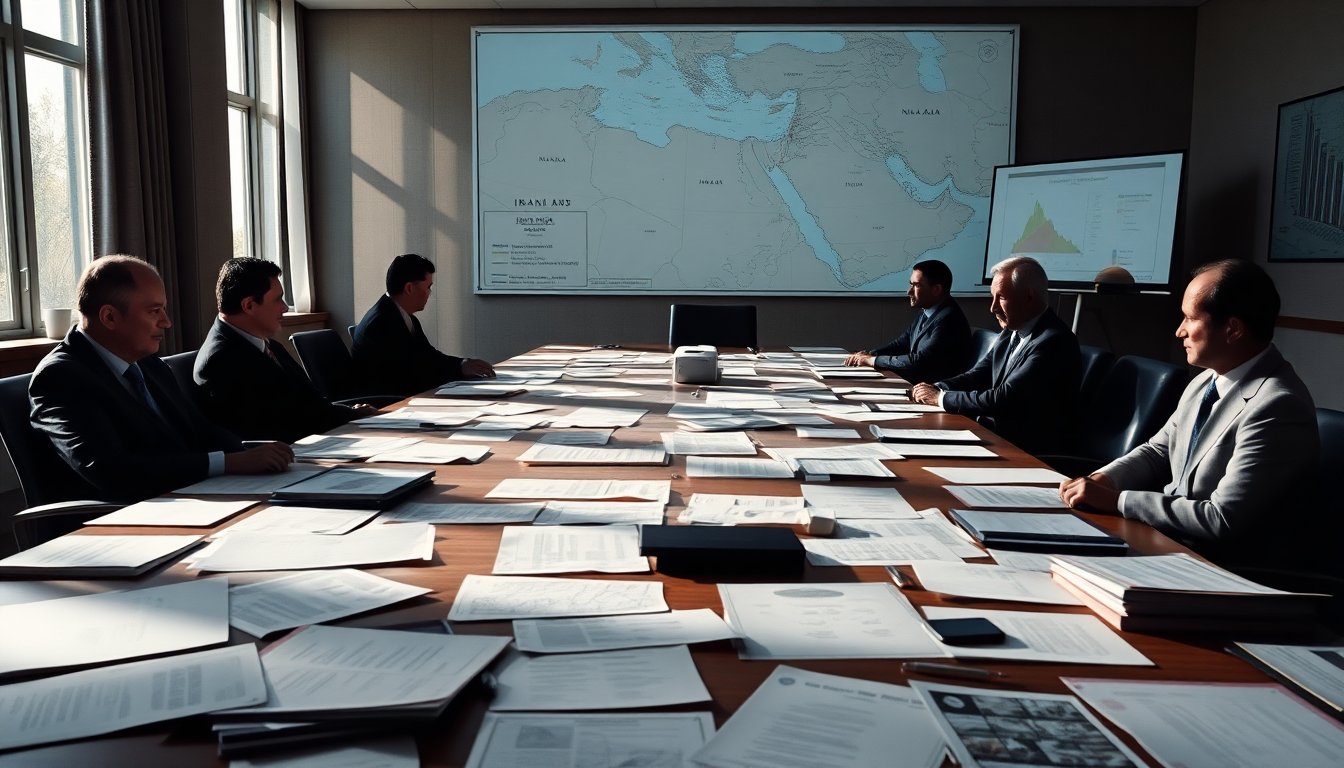Table of Contents
Recent developments regarding Iran’s nuclear program and its relationship with the International Atomic Energy Agency (IAEA) illustrate the complex dynamics of international diplomacy and security. After a period marked by heightened tensions, a tentative agreement has emerged aimed at restoring cooperation between Tehran and the IAEA. However, the details of this agreement reveal a complex interplay of assurances and reservations that may shape future interactions.
Recent Developments in Iran’s Nuclear Cooperation
On Wednesday, the IAEA announced it had reached an agreement with Iran to grant access to all of the nation’s nuclear facilities. However, this statement was quickly countered by Iranian officials, who clarified that the deal does not guarantee unrestricted access for IAEA inspectors. Iranian Foreign Minister Abbas Araghchi emphasized the need for further discussions regarding the methodology and scope of inspections, indicating a cautious approach from Tehran regarding its nuclear oversight.
The context of this agreement is crucial. Following a series of military strikes by Israel and the United States targeting Iranian nuclear sites, cooperation between Iran and the IAEA had largely stalled. These attacks in June significantly strained relations, prompting Iran to halt its collaboration with the international watchdog. Thus, the recent agreement can be interpreted as a significant, albeit fragile, step towards rebuilding trust between the two parties.
The Implications of the Nuclear Agreement
The agreement marks a notable shift in Iran’s posture, yet it comes with a multitude of caveats. While IAEA Director General Rafael Grossi expressed optimism about the resumption of cooperation, Iranian officials remain firm that any access to nuclear sites will be contingent upon negotiations with Iran’s Supreme National Security Council. This reflects a broader strategy from Tehran to assert its sovereignty and control over its nuclear program, particularly in response to external pressures.
Moreover, the potential reinstatement of international sanctions looms over this agreement. European nations have indicated they may reintroduce sanctions lifted under the 2015 nuclear deal if Iran does not comply with international expectations regarding its nuclear activities. This creates an atmosphere of uncertainty, with Iran’s willingness to adhere to the agreement hinging on the broader geopolitical landscape and its dealings with major powers.
Looking Ahead: The Future of Iran’s Nuclear Program
As the situation evolves, the future of Iran’s nuclear program remains precarious. The recent agreement has provided a platform for dialogue, yet the underlying tensions between Iran and Western nations persist. With Iran’s uranium enrichment capabilities continuing to develop, the international community remains vigilant, closely monitoring Iran’s actions.
In a statement reflecting Tehran’s commitment to its national interests, Araghchi warned that Iran is prepared to terminate the agreement should it face any aggressive actions. This declaration reinforces the notion that while diplomatic channels are being explored, Iran’s determination to protect its sovereignty remains unwavering.
In conclusion, the recent developments surrounding the Iran nuclear agreement highlight the broader challenges in international diplomacy. The path forward will likely be fraught with negotiations, strategic calculations, and the ever-present influence of geopolitical dynamics. Stakeholders will need to navigate this complex terrain carefully as they seek to balance security concerns with diplomatic engagement.


